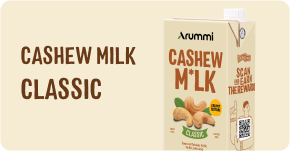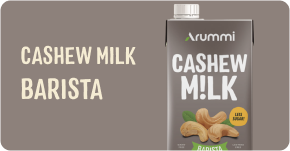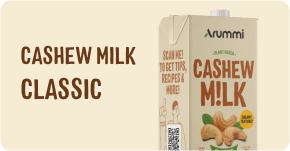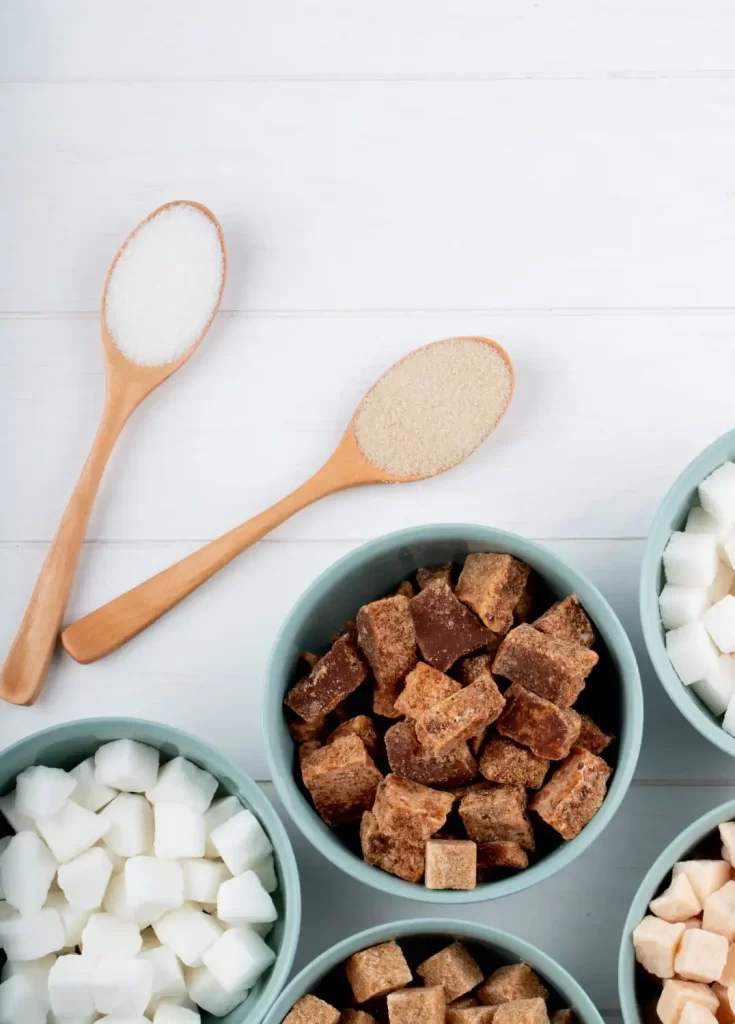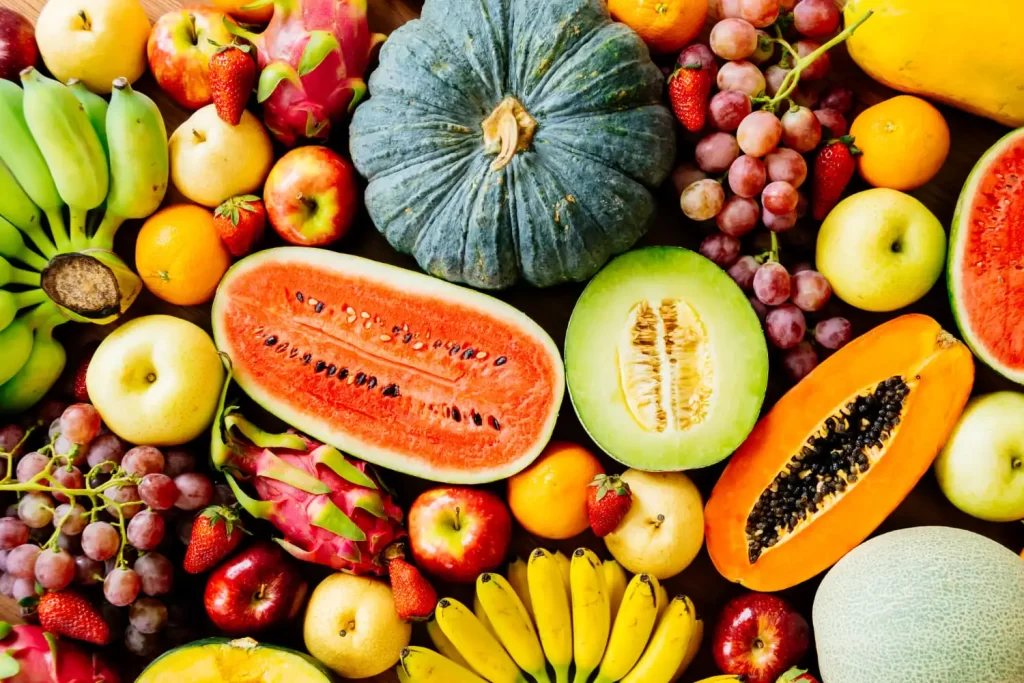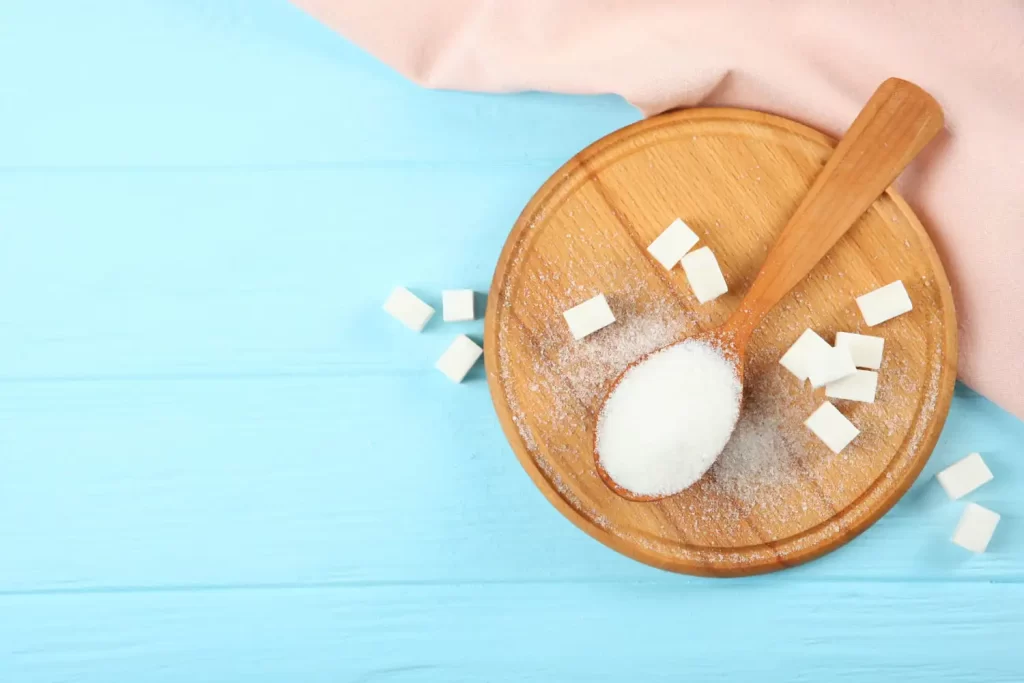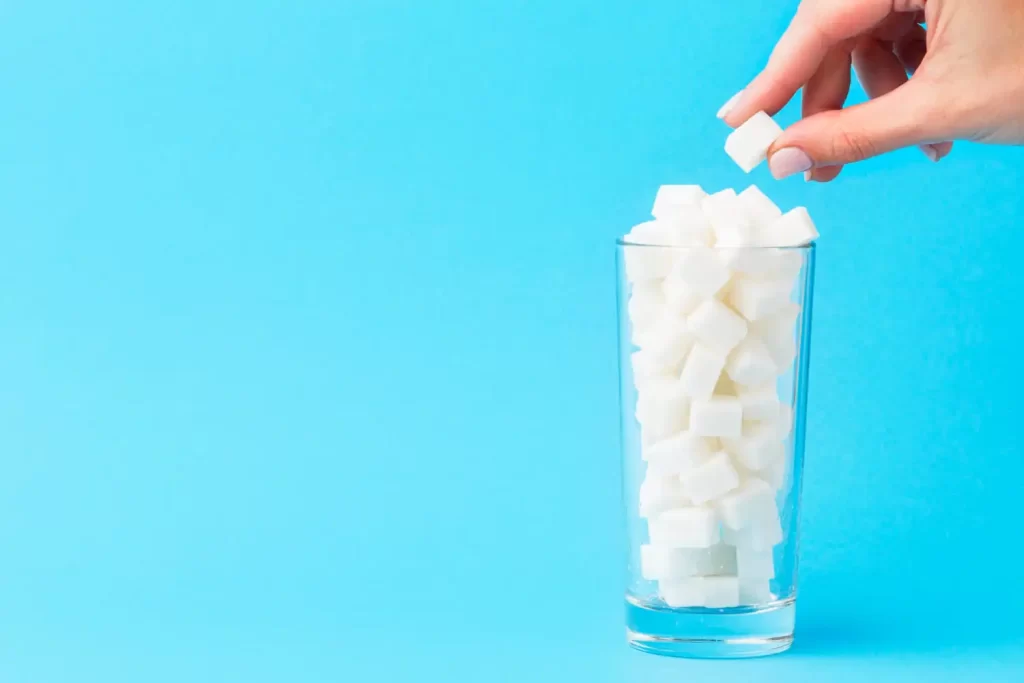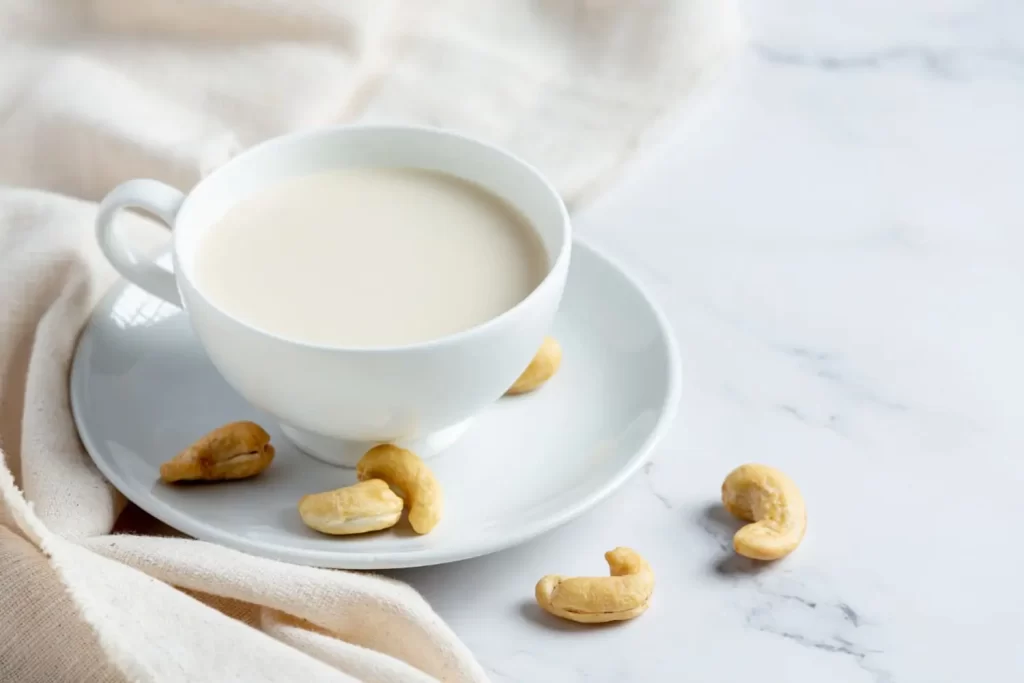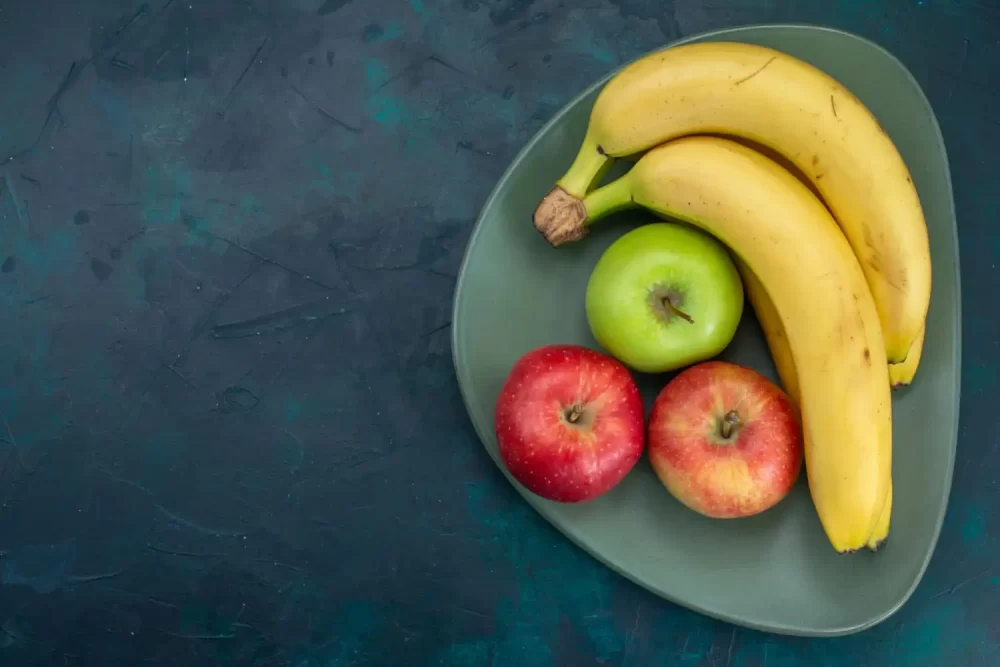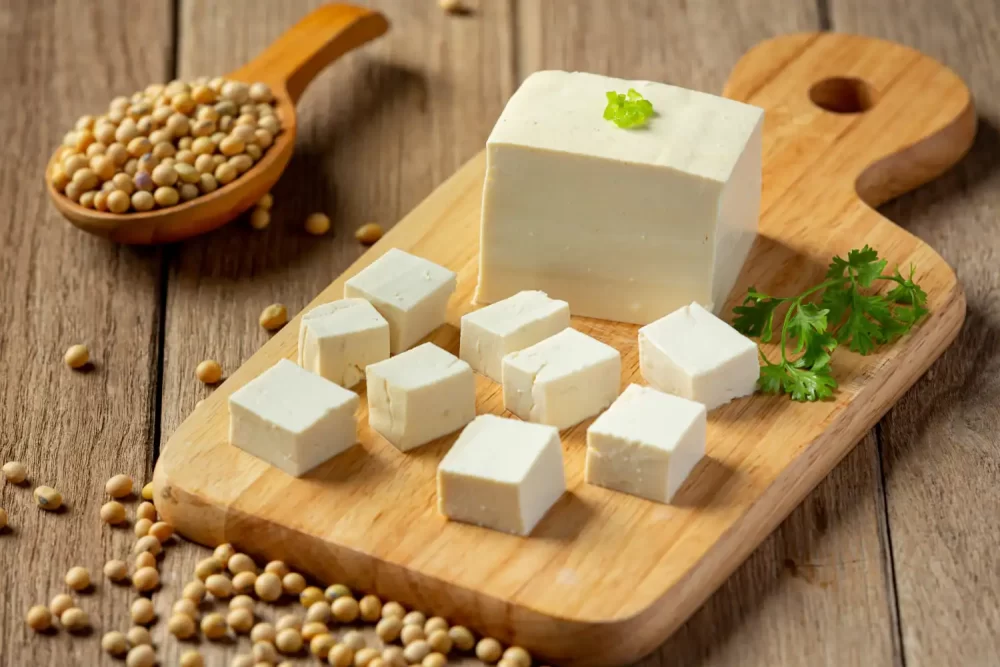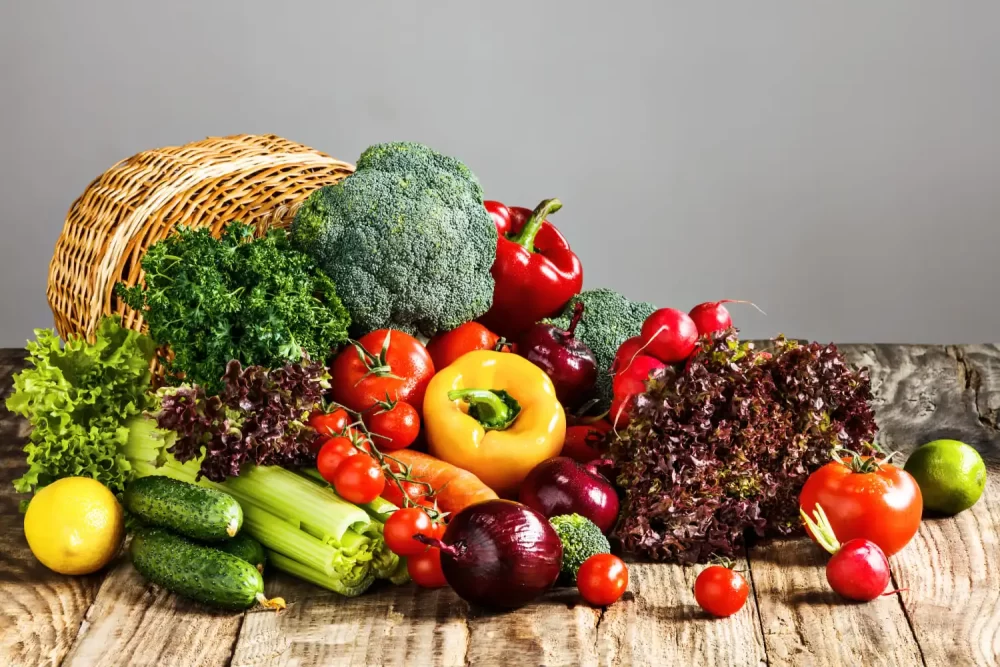In the world of nutrition, glucose and fructose are two types of sugar that are often discussed. Both are simple carbohydrates that are important in providing energy to the human body. However, although they have similar functions, they differ in chemical structure, metabolism, natural sources, taste, industrial uses, and health effects.
Let’s explore the differences between glucose and fructose from various perspectives!
1. Chemical Structure
- Glucose
Glucose has the most simple structure. With the chemical formula C6H12O6, glucose is the primary source of energy for the human body. In its stable state, glucose forms a hexagonal ring. This is the most common form of glucose under biological conditions in the human body.
- Fructose
Fructose also has the chemical formula C6H12O6, but it has a pentagonal ring structure. This difference gives it unique properties, including the difference in sweetness between glucose and fructose.
2. Natural Sources
- Glucose
Glucose is found naturally in a variety of foods such as rice, bread, potatoes, fruits and vegetables. Glucose is also a major component of complex carbohydrates such as starch and glycogen.
- Fructose
Fructose is commonly found in fruits and honey. Pure fructose can be extracted from natural sources such as sugar cane, corn or fruit for use as an added sweetener.
3. Metabolism
- Glucose
Glucose is the primary source of energy for the human body. Once digested, glucose is absorbed directly into the bloodstream and transported throughout the body for use as an energy source. Excess glucose is stored in the liver and muscles as glycogen for later use when needed.
- Fructose
The metabolism of fructose is different from that of glucose. When fructose is consumed, it must be converted to glucose or fat by the liver before it can be used as an energy source. This process requires additional enzymes and can lead to fat accumulation in the liver when fructose is consumed in large amounts.
4. Sweetness
- Glucose
Glucose is less sweet than fructose. Glucose tends to have a neutral sweetness, making it less prominent in foods and beverages.
- Fructose
Fructose is much sweeter than glucose. Because of its high sweetness, fructose is often used as an added sweetener in many foods and beverages.
5. Health Effects
- Glucose
Glucose is essential for providing energy to the body, but excessive glucose consumption can lead to blood sugar spikes and long-term health problems such as type 2 diabetes if not balanced with a healthy diet and lifestyle.
- Fructose
Excessive fructose consumption can increase the production of fatty acids and triglycerides in the liver, triggering fatty liver (hepatic steatosis) and increased LDL (bad) cholesterol. Fatty liver and high LDL cholesterol can increase the risk of cardiovascular diseases like heart attacks and strokes.
6. Industrial Uses
- Glucose
Glucose is used in many food and beverage industries as a natural sweetener.
- Fructose
Fructose is one of the most commonly used added sweeteners in food and beverages due to its high sweetness level and relatively low production cost.
Now that we understand the difference between glucose and fructose, we know that excessive consumption of sugar can have a negative impact on our health. Therefore, it is important to choose natural sources and consume them in moderation.
Arummi’s Recommendation
To reduce excessive sugar consumption, you can switch to low-sugar products. Alternatively, you can replace sugary drinks with cashew milk.
Arummi cashew milk is high in protein, fiber, vitamins and minerals that are important for the body. In each serving (170 mL), there are only 9 grams of sugar. Cashew milk also does not contain lactose, making it safe to consume for those who are lactose intolerant.
Get the product at the nearest supermarket now!



